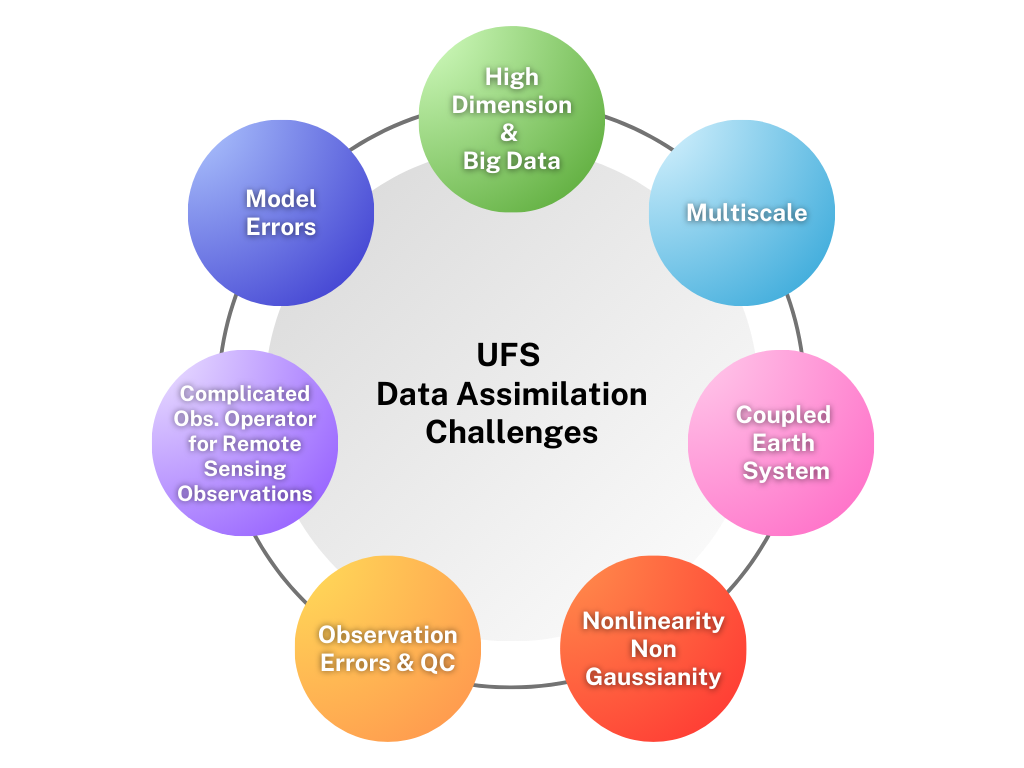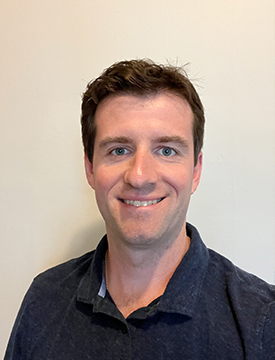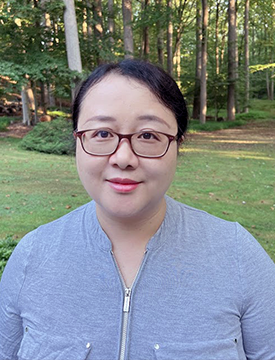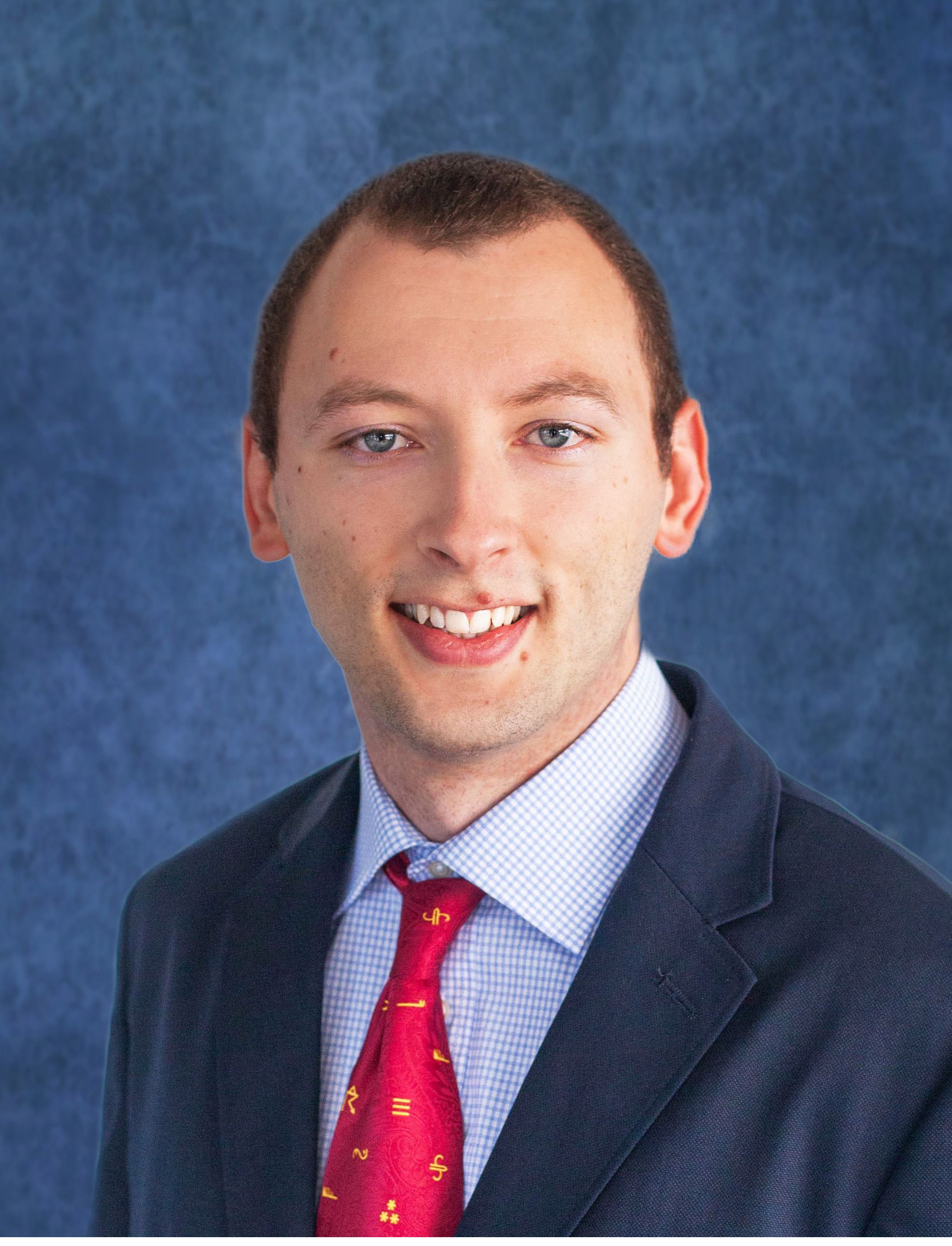Research and Activities
Keeping the overarching goals of the DAC to (1) provide excellent support to training of DA experts, (2) advance DA science and innovation, (3) build a diverse network of DA experts and (4) support a university team to work closely with NOAA to advance DA, CADRE has proposed DA research and development topics to address the UFS DA challenges highlighted in Fig 1. These topics include:
- Projects to advance DA and Machine Learning (ML) that include but are not limited to: UFS short and medium range weather, Planetary Boundary Layer (PBL), strongly coupled land-atmosphere DA for S2S prediction, all-sky satellite radiance observations, tropical cyclogenesis prediction, winter weather, ensemble DA, and Non-Gaussian satellite radiance observation error estimation and implementation in existing GFS and RRFS DA, implementation and testing of multigrid-Beta filter (MGBF) for radar DA within RRFS JEDI variational framework, etc.
- Collaboration with WPO-EPIC for joint training UFS and DA courses, code management and complex model interfaces
- Collaboration with NOAA DA scientist for UFS JEDI implementation, code release, and O2R2O
- Collaboration with the UKMO TDSA
 Fig 1. UFS data assimilation challenges highlighted in CADRE (Future of Modeling & Data Assimilation Consortium, Invited Talk by Xuguang Wang, UIFCW 2024)
Fig 1. UFS data assimilation challenges highlighted in CADRE (Future of Modeling & Data Assimilation Consortium, Invited Talk by Xuguang Wang, UIFCW 2024)
Education and Workforce Development Activities
CADRE’s Education and Workforce Development is depicted in Fig 2 below and has the following recommendations:
- new advising model, co-advising students and postdocs with NOAA scientists to perform DA research
- New data assimilation class curriculum development
- Public data assimilation training courses
- Scientist and student exchange with UK Met office, UK MOAP e.g. University of Reading and TDSA
- Public data assimilation science workshops and meetings and
- Comprehensive outreach program
The DAC plans to collaborate closely with EPIC, JCSDA and and NOAA (such as the EMC and the EPIC) to iterate on the most viable options for adopting a community-centric UFS DA workflow in the JEDI framework for O2R and R2O applications.

Fig 2. CADRE Education and Workforce Development (Future of Modeling & Data Assimilation Consortium, Invited Talk by Xuguang Wang, UIFCW 2024)










